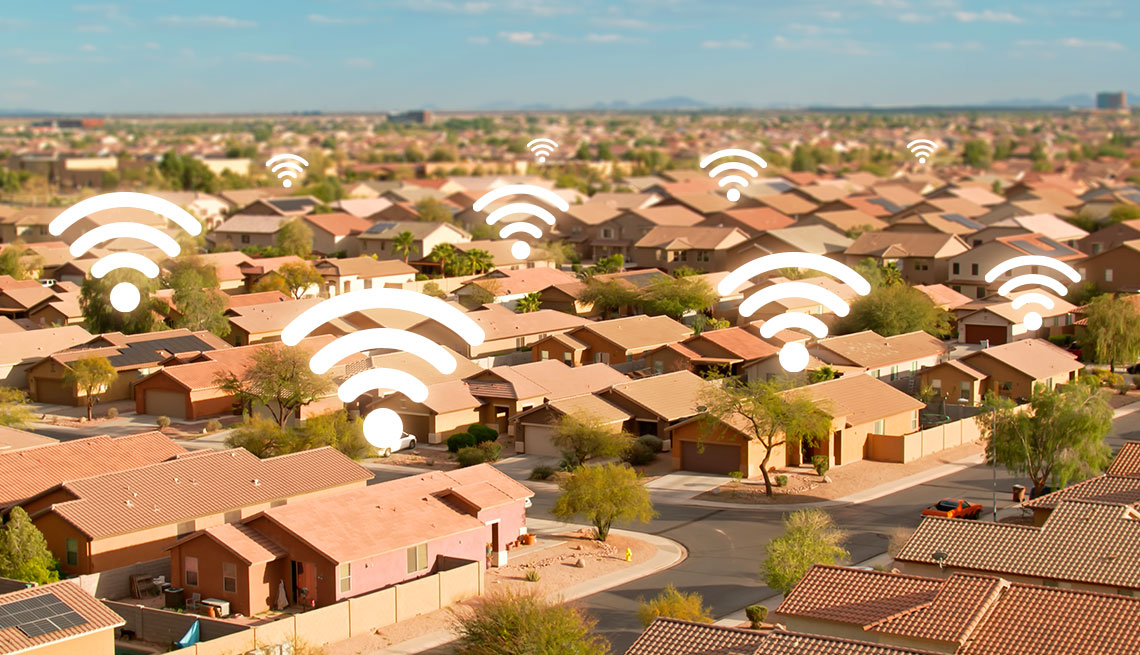
A lifeline for low-income households is available after the acp
- Select a language for the TTS:
- UK English Female
- UK English Male
- US English Female
- US English Male
- Australian Female
- Australian Male
- Language selected: (auto detect) - EN
Play all audios:

That’s because Comcast, the largest internet provider in the U.S., offers its own income-limited plan, Internet Essentials, which runs $9.95 a month for people receiving Medicaid or SSI
government benefits. Charter, the second-largest internet provider, offers a similar income-restricted option, the $25.99 Spectrum Internet Assist. Like the ACP, Lifeline providers must
offer download speeds of at least 25 megabits per second (Mbps) and uploads of at least 3 Mbps, which is the FCC’s minimum definition of broadband but should suffice for high-definition
video streaming. Participating companies can impose a data cap but must allow 1.23 terabytes of data a month, about the same limit that Comcast and some other cable providers impose on
subscribers. Once you’ve found a participating provider, “see what they offer for Lifeline and whether they will allow you to pay more than $9.25 for a higher speed or higher capacity
package,” Feld says. APPLICATIONS FALL SHORT BECAUSE OF PAPERWORK PROBLEMS You can apply online at lifelinesupport.org and qualify automatically but expect to submit supporting documentation
to complete the application. You also can download the application posted on the site and mail it with your supporting paperwork. Note that California, Oregon and Texas have their own state
Lifeline sites that, in some cases, come with a higher subsidy. Once you’ve signed up, your subsidy is applied directly to your bill. Despite the relief, many people who want to be Lifeline
subscribers don’t follow through on their applications. Data from the Universal Service Administrative Co., the government-backed organization that administers Lifeline, shows that 34
percent of applications fail because people didn’t provide the documents requested. However, in the third quarter of 2023, 44.8 percent of the 4.6 million applications received were
automatically qualified and another 6.4 percent were approved after applicants provided documentation. “Lifeline has been woefully undersubscribed for years,” says Matt Wood, vice president
of policy and general counsel at the digital rights group Free Press in Washington. He says he would rather see Congress renew funding for the ACP and have that take Lifeline’s place:
“Ultimately, it makes more sense to have one program than two.”
